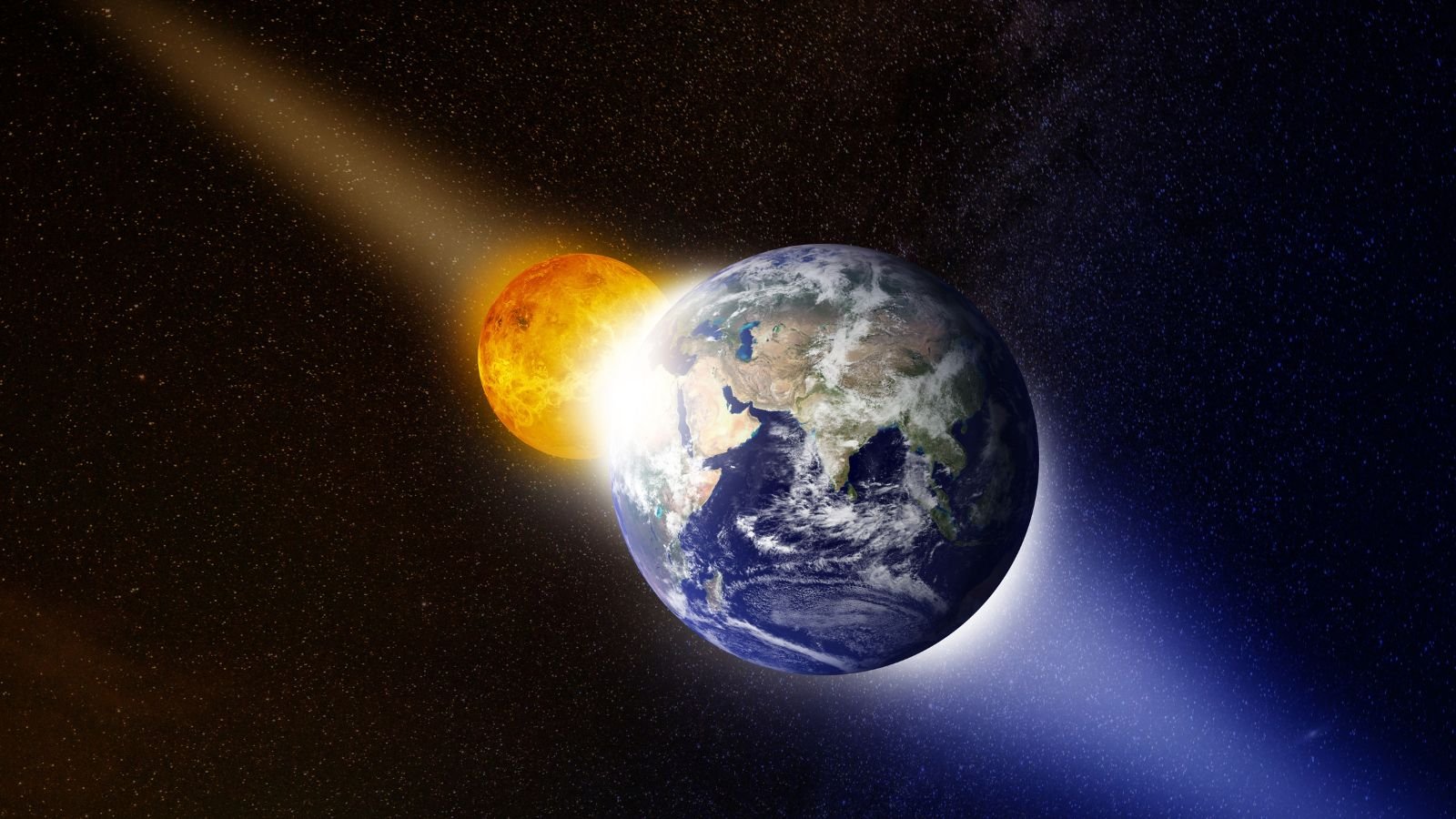Even though education is important, some of the things you learned in school might not have been true. Many of the facts you had learned were false. For example, there are many incorrect stories about Christopher Columbus and Einstein and wrong ideas about deoxygenated blood being blue.
17 common school lessons that were taught in the schools but are not true.
Dinosaurs Resemble Giant Lizards

Many dinosaurs had light, soft, and multicolored feathers. Scientists have discovered fossils indicating that some species of dinosaurs were covered in feathers. While others only had patches of soft fluff. Scientists may even determine the color of the ancient feathers by investigating small structures known as melanosomes.
There are Only Three States of Matter

Most people know three states of matter that are solid, liquid, and gas. However, there are more. Plasma is the most abundant state of matter in the universe. It forms when atoms gain a lot of energy, causing their electrons to leave and mix with other atoms. Neon signs and stars are made of plasma.
In 1995, scientists created the Bose-Einstein condensate by cooling matter to near absolute zero, making atoms almost stop moving. While it’s not confirmed if this state exists naturally, it can be made in labs. Scientists continue to discover new states of matter.
The Great Wall of China Can be Seen From Outer Space

The idea that you can see the Great Wall of China from space is a common myth. While satellites can sometimes see parts of the wall with special cameras, it’s not visible to the human eye from space.
Dinosaurs Extinct Due to Volcano

People who attended school before the 1990s may have learned that a volcanic event caused the extinction of dinosaurs. In 1991, scientists discovered an asteroid-created crater. Most scientists think that the asteroid collision killed the dinosaurs.
Napoleon was Short

Some people believe that Napoleon was short in height. This misconception started because people used to make fun of him by drawing him as a short man. Also, when Napoleon died, he was measured as 5’4“. However, this measurement was in French inches, which are different from British inches. In reality, Napoleon was roughly 5’7” in height. It was considered as the normal height at the period.
A Paper Can be Folded More Than 7 Times

There is a common belief that you can’t fold a piece of paper more than seven times. However, students from St. Mark’s School in Massachusetts used 54,000 feet of toilet paper and the Infinite Corridor at MIT to break the record for folding paper. Led by math teacher James Tanton, they achieved 13 folds, surpassing the traditional record of 12 folds.
There are Four Types of Oceans

The Atlantic, Arctic, Pacific, and Indian Oceans were the only four big oceans that were known before 2000. Scientists later discovered another ocean in 2000. They called it the Southern Ocean, and it’s the one that surrounds Antarctica.
King Tutankhamen was Murdered

People used to think King Tut was murdered because of injuries on his head. Historians believe that he likely died from a chariot accident. The wound got infected, making him sick. Some suggest he had hereditary health problems. So, it’s probably an accident that caused King Tut’s death, not murder.
Christopher Columbus Found America

Native Americans were already living here long before Columbus arrived. The first European explorer to land in America was a Viking named Leif Erikson around the year 1000.
Columbus is important in history because his voyage in 1492 had a big impact. When he came to America, he unintentionally brought diseases that caused a lot of Native Americans to die. His journey also led to Europeans taking over parts of America, which changed the course of history for both continents.
Abraham Lincoln freed the Slaves

It is believed that Lincoln fought the Civil War to end slavery. He used laws such as the Emancipation Proclamation and the Thirteenth Amendment to do it. However, it ignores the role of slaves. They fought for a long time to be seen as people under the law and to be free.
According to James McPherson black leaders, abolitionists, radical Republicans, and the slaves themselves all pushed for freedom, more than Lincoln did.
Einstein Failed Math Exam in School

There’s a misconception that he failed in a math class. Einstein didn’t do well on an entrance exam for a fancy school, mainly because it was in French. He didn’t know it well at the time. He did fine in the math part of the test, but not so well in other subjects like language, botany, and zoology. He failed an exam at Zurich Polytechnic in the first attempt.
Distance of Earth from the Sun Determines the Seasons

At different periods of the year, the Earth’s tilt causes different parts of the planet to lean toward or away from the Sun. When a part leans towards the Sun, it’s warmer, making it summer there. When it leans away, it’s colder, making it winter. So, it’s not about how close we are to the Sun, but how we’re tilted towards it that gives us the seasons.
Listening to Music Makes You Smarter

Some people believed that listening to classical music, especially Mozart while reading, could make you smarter. This idea was called the “Mozart effect.” However, scientific studies later showed that there’s no solid evidence to support this claim. Listening to music might help you concentrate and enjoy your reading more. It doesn’t increase your intelligence in the long run.
In Less Oxygen Blood Appears Blue

The blood is red, whether it is oxygenated or deoxygenated. According to live science, the reason they appear blue depends on how the eyes see colors and absorb light.
We Use Only 10% of Our Brain

The myth that we only use a small percentage of our brains was popularized by movies such as Lucy and Limitless. Scientifically, our brains use about 20 percent of our body’s energy. Research shows we use nearly all parts of our brain. So, the idea that we have untapped potential in most of our brains isn’t accurate.
Camels Stores Water in Their Hump

According to the Library of Congress, their humps are filled with fat, not water. This fat acts as an energy reserve that helps camels go for days without eating. When a camel goes a long time without food, it can use the fat in its humps to keep going.
Swallowed Gum Remains in the Stomach for Years

It’s often advised not to chew gum because if they swallowed it, the gum would stay in their bodies for seven years if swallowed. According to Duke Health when people eat food, it usually leaves their stomachs in 30 to 120 minutes. The same happens with swallowed gum.
